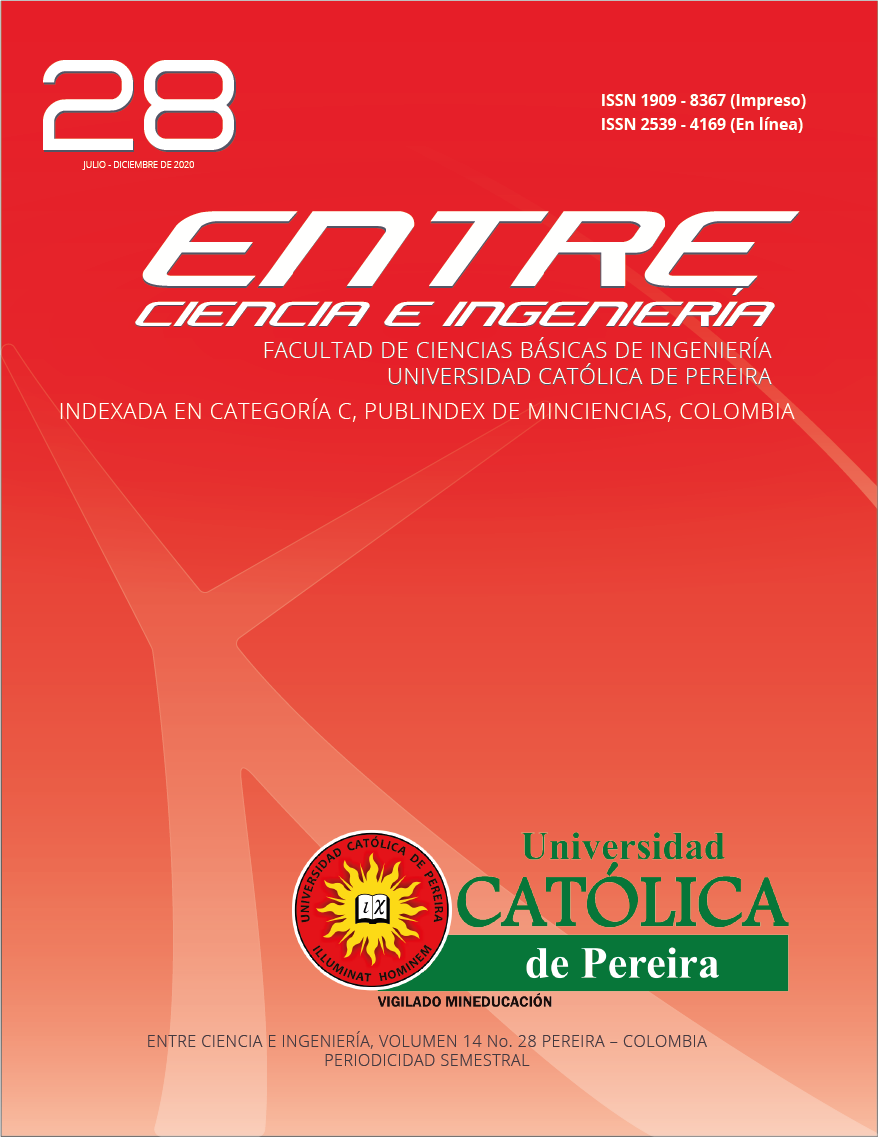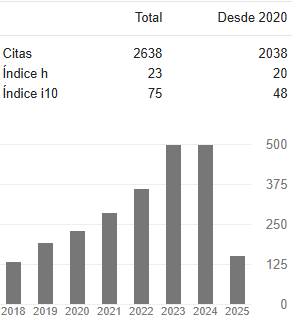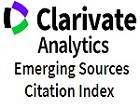Computational strategies for implementation of 2D elastic wave modeling in GPU
DOI:
https://doi.org/10.31908/19098367.2016Keywords:
CPML, CUDA, Elastic wave modeling, GPU, HPCAbstract
Elastic wave modeling presents a challenge to implement since it is a computationally costly procedure. Nowadays, due to GPU increased power jointly with development in HPC computation, it is possible to execute elastic modeling with better execution times and memory use. This study evaluates the performance of 2 strategies for implementing elastic modeling using different kernel launching layouts, CPML memory allocation strategies, and wavefield storage management. The performance measures show that the algorithm, which includes 2D kernel launching layout, CPML reduced memory strategy, and GPU global memory storage to save wavefield cube peaks up to 88.4% better execution time and uses 13.3 times less memory to obtain the same elastic modeling results. There is also an increasing trend of enhancement in execution times and memory savings when working with models of bigger sizes with this strategy.
Downloads
References
Alaei, B., “Seismic Modeling of Complex Geological Structures,” in Seismic Waves-Research and Analysis, [Online], M. Kanao, Ed. InTech, 2012, chp. 11. https://www.intechopen.com/books/seismic-waves-research-and-analysis.
Virieux, J., Asnaashari, A., Brossier, R., Métivier, L., Ribodetti, A., Zhou, W. (2017, Jan.) “An introduction to full waveform inversion,” in Encyclopedia of exploration geophysics [Online], Ed, Society of Exploration Geophysicists, 2017, R1-R40.
Permana, T., Sudarmaji, M. (2014, Oct.) “The 2D finite difference numerical modelling of P-Sv wave propagation in elastic heterogeneneous medium using graphic processing unit: Case study of mount Merapi topography, Yogyakarta,” in Proc International Conference on Physics 2014, pp. 74-85.
Keckler, S.W., Dally, W.J., Khailany, B., Garland, M., Glasco, D., (2011, Oct.) “Gpus and the future of parallel computing,” IEEE Micro 31(5), pp. 7-17.
Arora, M., “The architecture and evolution of cpu-gpu systems for general purpose computing,” Department of Computer Science and Engineering, University of California, San Diego 2012. [Online] Available: http://cseweb.ucsd.edu/~marora/files/papers/REReport_ManishArora.pdf.
Cheng, J., Grossman, M., Mcercher, T., “Professional CUDA C Programming.”, , Indiana ,Wiley and Sons,2014.
Virieux, J. (1986, Apr.) “P-sv wave propagation in heterogeneous media: Velocity-stress finite-difference method” Geophysics 51(4), pp. 889-1033.
Komatitsch, D., Martin, R., (2007, Sept.) “An unsplit convolutional perfectly matched layer improved at grazing incidence for the seismic wave equation,” Geophysics 72(5), pp. 1ZO-Z83.
Moczo, P., Robertsson, J.O., Eisner, L., (2007) “The finite-difference time-domain method for modeling of seismic wave propagation” Advances in geophysics 48, pp. 421-516.
CUDA C++ Programming Guide, Nvidia Corp. 2020.
CUDA C++ Best Practices Guide, Nvidia Corp. 2020.
Brittan, J., Bai, J., Delome, H., Wang, C., Yingst, D., (2013, Oct.) “Full waveform inversion-the state of the art,” First Break 31(10), pp. 75-81. Available: https://www.iongeo.com/virtuals/ResourceArchives/content/documents/Resource%20Center/Articles/FB_Full_Waveform_Inversion_131011.pdf.
Menke, W., “Geophysical Data Analysis”, 4th Ed, Elsevier Inc, 2018.
Downloads
Published
Issue
Section
License
Copyright (c) 2021 Entre ciencia e ingeniería

This work is licensed under a Creative Commons Attribution-NonCommercial 4.0 International License.



















